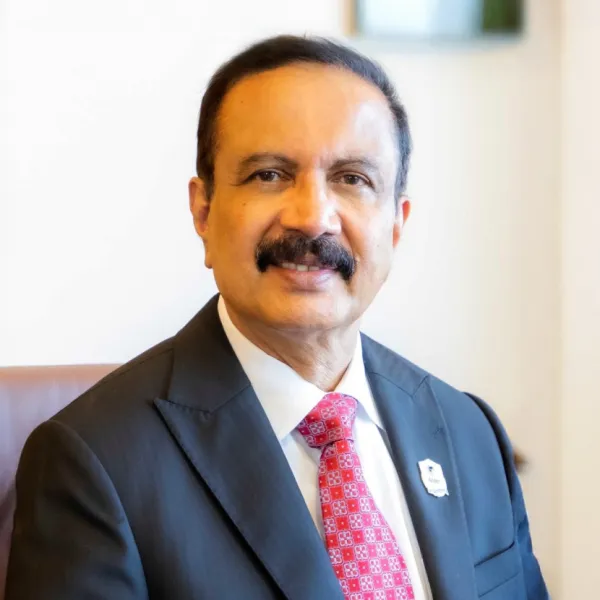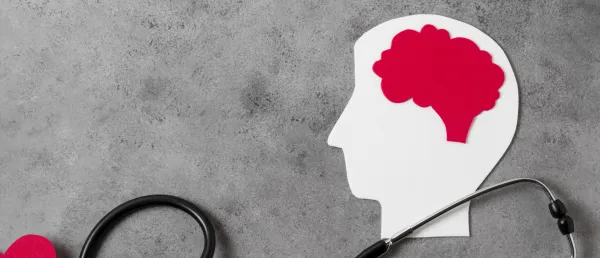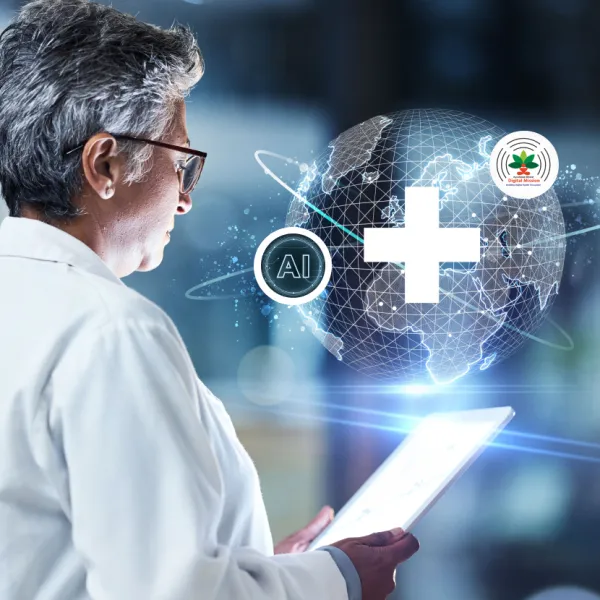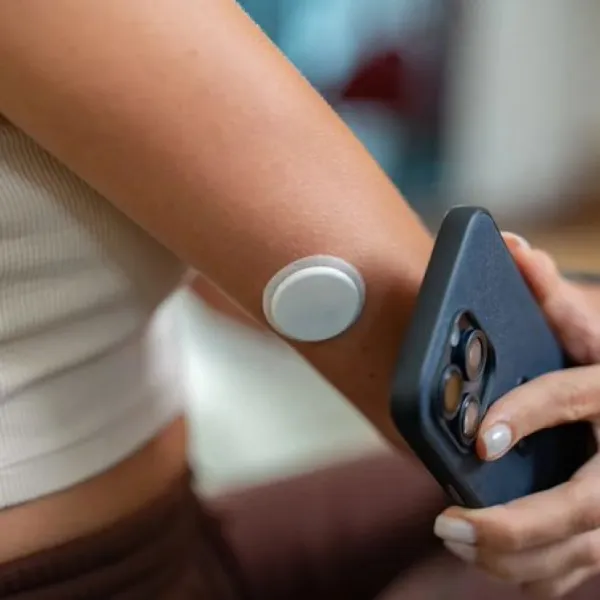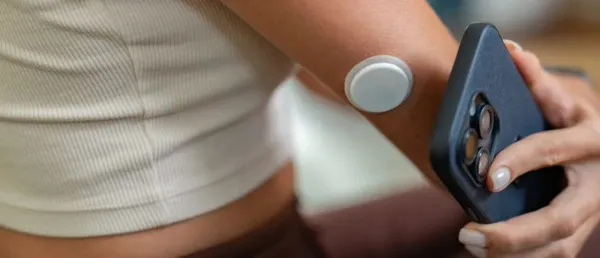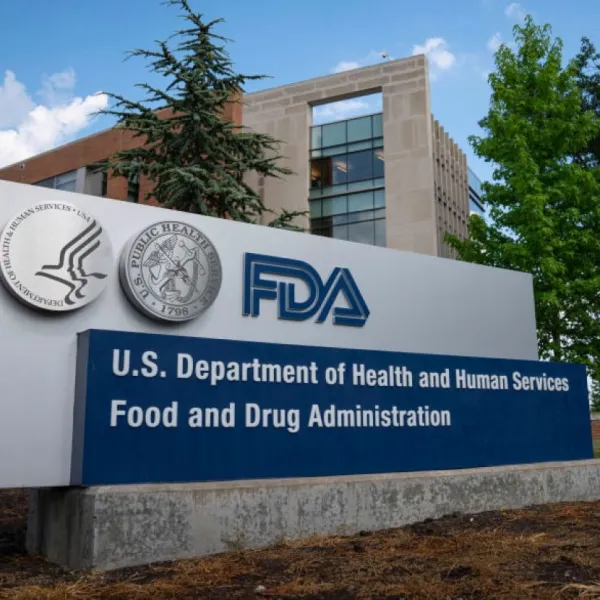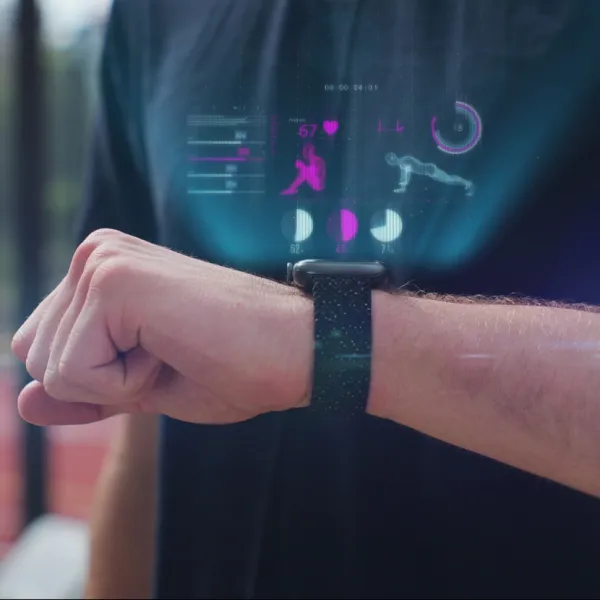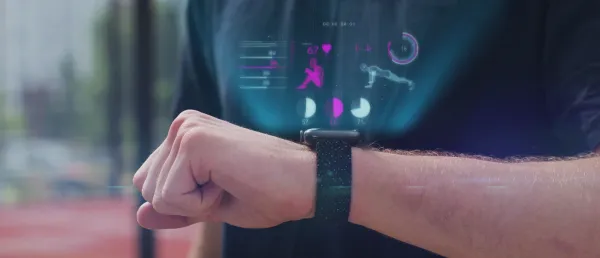Delhi High Court Upholds Decision to Classify All Medical Devices as '˜Drugs' Under Regulatory Law

The court determined that categorising all medical devices as '˜drugs' was a matter of policy, and it found no grounds for intervention due to the absence of arbitrariness or unreasonableness in this decision.
The Delhi High Court has upheld the central government's decision to classify all medical devices as '˜drugs' under the prevailing legislation governing drugs and cosmetics.
This decision follows petitions submitted by the Surgical Manufacturers and Traders Association, challenging the government's notifications from 2018 and 2020. These notifications expanded the categorisation of specific medical devices as '˜drugs' to encompass all such devices.
On September 1, the bench dismissed the petitions in a recent order presided over by Justice Rajiv Shakdher, accompanied by Justice Tara Vitasta Ganju. They affirmed that categorising all medical devices as '˜drugs' is a policy matter.
In its decision, the court found no justifiable grounds for interference, underscoring the government's decision as free from arbitrariness or unreasonableness.
Nevertheless, the court underscored the importance of promptly addressing any challenges that may arise during the implementation of this regulatory regime.
In 2018, the government initially classified four medical devices'”nebulizers, blood pressure monitoring devices, digital thermometers, and glucometers'”as '˜drugs'. Subsequently, in 2020, this classification was extended to include all medical devices.
The court recognised that the government's implementation of this policy was well-planned and provided manufacturers, importers, sellers, and distributors ample time to transition to the mandatory licencing requirements.
The court concluded by stating that the MHFW's decision-making process took into account various factors, including alignment with international regulatory standards and the well-being of patients. It highlights that minor policy discrepancies, if any, should not warrant judicial intervention under Article 226 of the Constitution unless there is a clear violation of fundamental rights.
This decision by the Delhi High Court reaffirmed the government's authority to regulate medical devices as drugs under the existing legal framework, marking a significant development in the healthcare regulatory landscape.
Stay tuned for more such updates on Digital Health News









